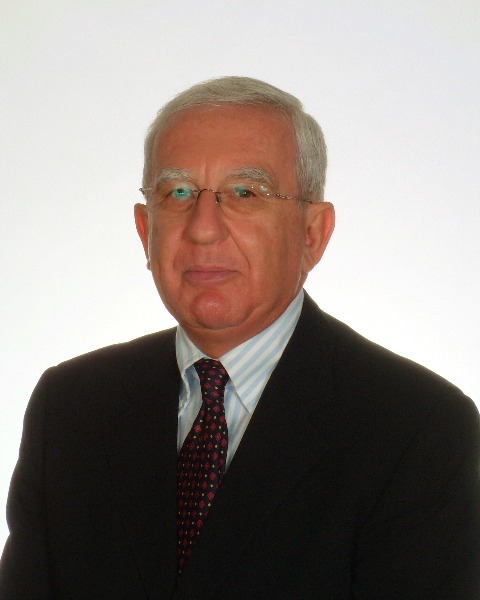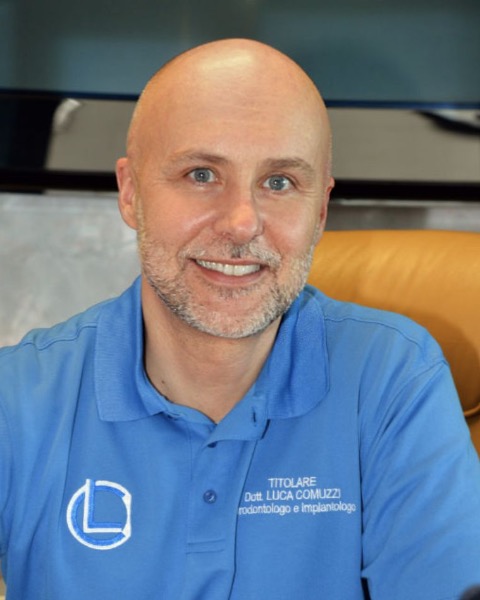Stage Left
Stage Left Presentations
Advanced Surgical Techniques in the Maxillary Sinus Augmentation Procedures in Extreme Rehabilitation (412)
Saturday, November 4, 2023
9:00 AM - 10:00 AM PDT
CE 1.0 hour(s)
AGD Code: 310 - OMFS
Target Audience: Intermediate Knowledge
Target Audience: Intermediate Knowledge

Adriano Piattelli, DDS, MD
FRANCAVILLA AL MARE (CHIETI), Italy
Disclosure information not submitted.

Nowadays, techniques for implant placement in the maxillary sinus area are well-documented and have excellent clinical success. The minimum limit of bone height capable of stabilizing an implant in this region seems to be around 4mm; heights below this value need delayed positioning of implants by proceeding first with surgery to lift the floor and the maxillary sinus and then with insertion of the implants 6-9 months later.
Through new implant macro morphologies and this new method it is possible to stabilize the implant up to bone heights close to 1 mm, giving a series of advantages which result in reducing the total time for finalizing the case, combining three necessary surgeries into one (sinus lift, implant insertion, healing screw connection) to complete the case, consequently reducing the resulting therapeutic impact.
Implant morphology and prosthetic connection represent true key points of the success of the maxillary sinus lift procedure, with simultaneous stabilization of the implants in conditions of reduced bone height. Furthermore, the apical shape of the implant often represents an impact on the sinus membrane. The thread pitch can increases bone contact, facilitating control of implant progression in low bone height, limiting peak stresses and exerting controlled lateral osteocondensation.
Through a conometric coupling procedure between the implant and the bone on which it is inserted, it is possible to stabilize it even in bone heights close to 1 mm, and through a conometric prosthetic connection it is possible to minimize marginal bone reabsorption in order to obtain successful results and reduce patient morbidity.
The conometric prosthetic connection is also able to obtain a better antibacterial seal compared to other connections to the full advantage of an absence of marginal bone loss. Navigated surgery also allows you to find and use the most suitable areas of bone for implant placement, and you can position implants of the most appropriate length and diameter in total safety. Surgery is much less invasive, the amount of anesthetic is reduced, and patient acceptance is excellent. Cases with alternative solutions to maxillary sinus lift will be treated with the aid of Advanced Navigated Surgery.
Through new implant macro morphologies and this new method it is possible to stabilize the implant up to bone heights close to 1 mm, giving a series of advantages which result in reducing the total time for finalizing the case, combining three necessary surgeries into one (sinus lift, implant insertion, healing screw connection) to complete the case, consequently reducing the resulting therapeutic impact.
Implant morphology and prosthetic connection represent true key points of the success of the maxillary sinus lift procedure, with simultaneous stabilization of the implants in conditions of reduced bone height. Furthermore, the apical shape of the implant often represents an impact on the sinus membrane. The thread pitch can increases bone contact, facilitating control of implant progression in low bone height, limiting peak stresses and exerting controlled lateral osteocondensation.
Through a conometric coupling procedure between the implant and the bone on which it is inserted, it is possible to stabilize it even in bone heights close to 1 mm, and through a conometric prosthetic connection it is possible to minimize marginal bone reabsorption in order to obtain successful results and reduce patient morbidity.
The conometric prosthetic connection is also able to obtain a better antibacterial seal compared to other connections to the full advantage of an absence of marginal bone loss. Navigated surgery also allows you to find and use the most suitable areas of bone for implant placement, and you can position implants of the most appropriate length and diameter in total safety. Surgery is much less invasive, the amount of anesthetic is reduced, and patient acceptance is excellent. Cases with alternative solutions to maxillary sinus lift will be treated with the aid of Advanced Navigated Surgery.
Learning Objectives:
- Learn new strategies for obtaining primary stability even in very limited vertical height of bone
- Learn how to decrease total time for rehabilitating a case in the maxillary sinus area with extreme resorption of the bone at the beginning
- Discover how to treat more patients using new strategies
